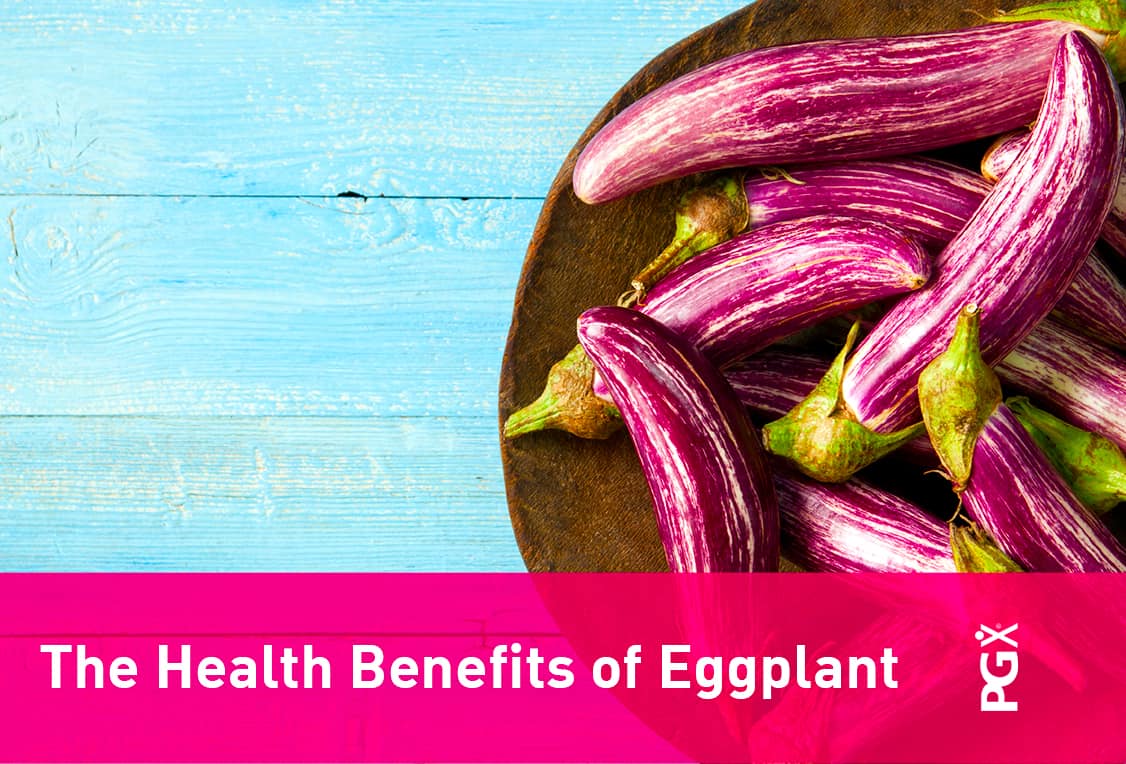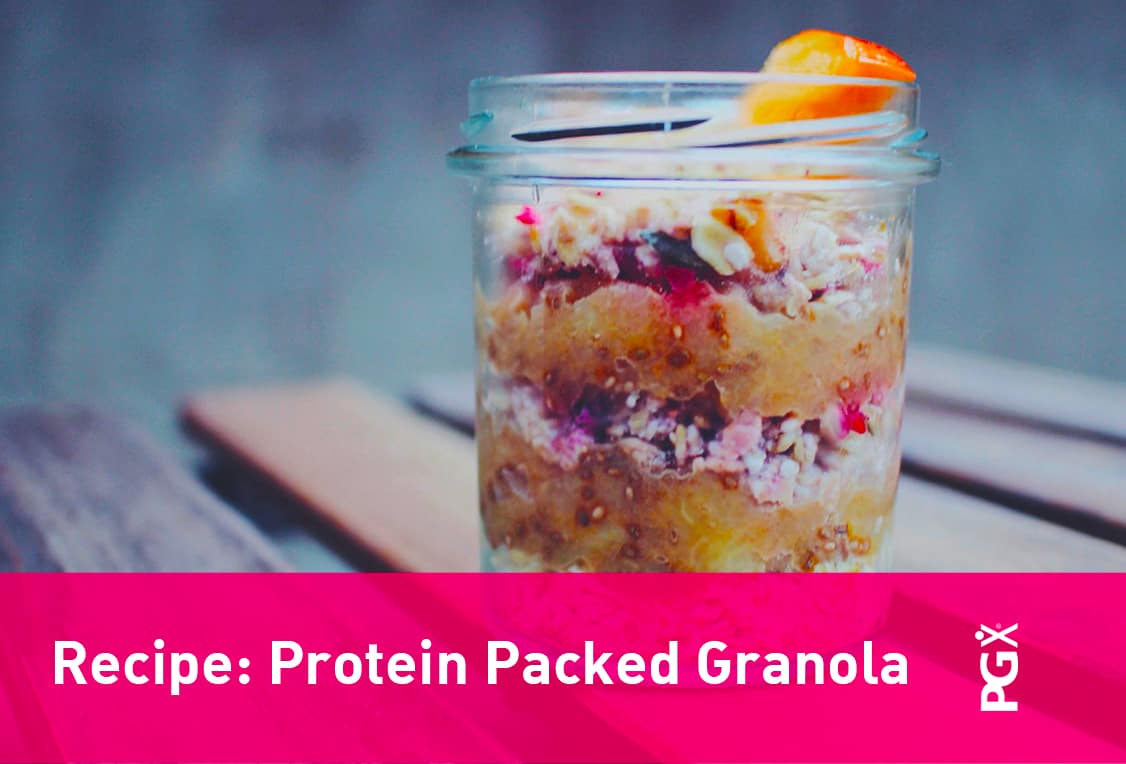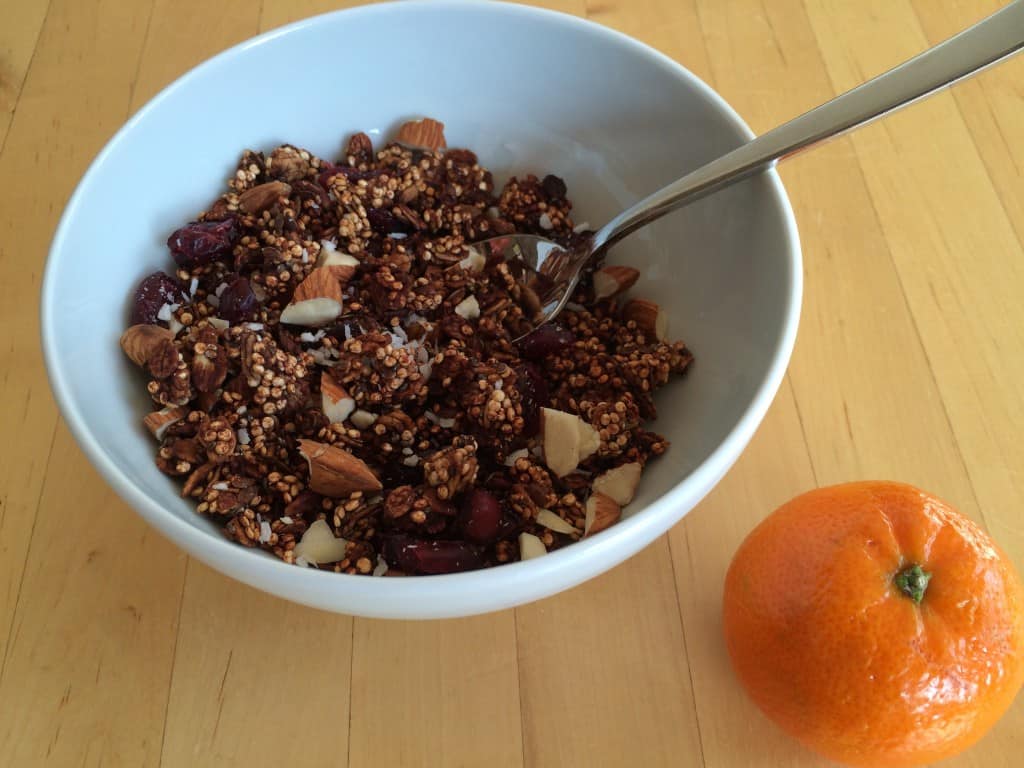
The peculiarly shaped eggplant may have been associated with madness in Renaissance England, but fortunately for us, modern science has revealed that this rather strange looking vegetable is highly nutritious. Eggplants contain plenty of fibre and are packed with phytonutrients, including some rare antioxidants. Let’s take a closer look at all the benefits eggplant has to offer:
Antioxidants
Nasunin is concentrated in the skin of purple eggplants, where it protects the vegetable from the sun’s rays and from environmental damage (Azuma et al., 2008). So far, Nasunin has only been found in eggplant, purple radish, red turnip and red cabbage.
Research suggests that nasunin can help improve antioxidant activity in human cells, giving it a role to play in guarding against oxidative damage and associated health conditions. In one study, nasunin was found to protect colon cells from DNA damage in a dose-dependent manner (Jing et al., 2015). In another study, nasunin and petunidin 3RGc5G, another anthocyanin in eggplants, demonstrated excellent free radical scavenging abilities (Azuma et al., 2008).
Nasunin has also shown antiangiogenic activity, meaning that it may help to prevent the growth of blood vessels required to feed tumour growth (Matsubara et al., 2005). Antioxidants like nasunin have also been seen to help protect heart muscle cells (Das et al., 2011), while glycoalkoloids, namely a-solamargine and a-solasonine (found in eggplant and other Solanaceous vegetables), have been found to inhibit the growth of cancer cells in the laboratory and in animals (Friedman, 2015).
In addition to their anthocyanin content, eggplants contain chlorogenic acid, another antioxidant compound that may help to maintain healthy cholesterol levels already within the normal range (Hao et al., 2016). Chlorogenic acid comprises between 70% and 90% of the total polyphenol content of eggplants (Gramazio et al., 2014), and some research suggests that this nutrient supports healthy cellular DNA replication and immune health in humans (NCBI, 2016).
Nutrients and Fibre
Eggplants also contain vitamin C, folate and other B vitamins, beta-carotene, calcium, magnesium, potassium and phosphorus. These nutrients support immune function, bone health, muscle function, heart health and overall health.
Like most vegetables, eggplants are also high in fibre, meaning they can help you to feel full while maintaining a healthy body weight. Dietary fibre also helps to keep the digestive tract healthy for proper elimination of toxins.
Cooking with Eggplant
There’s no doubt that eggplants can be a little intimidating, given the range of shapes, sizes and colours available. It’s easy to get the hang of cooking with eggplants, though, and they are often found in Italian and Lebanese cuisine, where they work well with rich tomato sauces, basil, oregano and tahini.
Two of the simplest ways to cook eggplant are to slice it and fry it or, to cut it in half and bake it with olive oil, salt and pepper. Eggplant is also a great addition to salads as the flesh of the vegetable soaks up dressings and oils to become rich and succulent.
Some people swear by halving or slicing eggplants, salting the flesh to draw out some of the bitterness and excess liquid and then rinsing after half an hour to an hour before cooking as desired. For younger, firmer and smaller eggplants this may not be necessary as these are less likely to contain large, bitter seeds.
Eggplants should be stored at about 50° F (10° C), so it is usually best to keep them refrigerated. Intact, unbruised eggplants will typically store well for up to a week. Use sliced, cut or bruised eggplant faster. To reduce food waste, consider baking, pureeing and freezing excess eggplant for later use in soups or stews.
One of my favourite ways to eat eggplant is to make roasted vegetable couscous. This dish is packed with flavour and nutrients and can be prepared in advance and eaten cold, making it ideal for picnics, potlucks and for a healthy midweek lunch.
Roasted Vegetable Couscous
Serves four as a side dish or two as a main
- 3 cups of whole wheat couscous (cooked)
- 1 cup of chickpeas (cooked)
- 2 small to medium eggplants (dark purple)
- 2 medium sized red peppers
- 2 medium or 1 large tomato (beefsteak is ideal)
- ¼ cup olive oil
- 1 medium red onion, finely diced
- 1 cup fresh chopped Italian parsley
- 2 cloves of fresh garlic, minced
- Fresh lemon juice
- Salt and pepper
Instructions:
- Preheat the oven to 400°F. Place the eggplant on a baking tray and prick several times with a fork or sharp knife. Roast for 45 minutes to an hour, rotating two to three times. In a baking pan, roast the peppers for 45 minutes and the tomatoes for 30 minutes.
- Remove the peppers from the oven and seal in a brown paper bag. Let them cool for twenty minutes; this will make it easier to remove the charred skins. Use this time to cook the couscous if you haven’t already.
- Halve the eggplant and scoop out the flesh. Chop into pieces around an inch in size. De-seed the tomatoes and chop these into similarly sized pieces. Add the chopped vegetables to the couscous.
- Peel the skins off the peppers and chop these into inch-sized pieces, removing the seeds and stems. Add these to the couscous mixture.
- Add all the remaining ingredients and mix, seasoning to taste. Eat right away with flatbread, or let cool and then refrigerate for use within 24 hours.
References
Azuma, K., Ohyama, A., Ippoushi, K., et al. (2008). Structures and antioxidant activity of anthocyanins in many accessions of eggplant and its related species. J Agric Food Chem, Nov 12;5621):10154-9.
Das, S., Raychaudhuri, U., Falchi, M., et al. (2011). Cardioprotective properties of raw and cooked eggplant (Solanum melongena L). Food Funct, Jul;2(7):395-9.
Friedman, M. (2015). Chemistry and anticarcinogenic mechanisms of glycoalkaloids produced by eggplants, potatoes, and tomatoes. J Agric Food Chem, Apr 8;63(13):3323-37.
Gramazio, P., Prohens, J., Plazas, M., et al. (2014). Location of chlorogenic acid biosynthesis pathway and polyphenol oxidase genes in a new interspecific anchored linkage map of eggplant. BMC Plant Biol, Dec 10;14:350.
Hao, S., Xiao, Y., Lin, Y., et al. (2016). Chlorogenic acid-enriched extract from Eucommia ulmoides leaves inhibits hepatic lipid accumulation through regulation of cholesterol metabolism in HepG2 cells. Pharm Biol, Feb;54(2):251-9.
Jing, P., Qian, B., Zhao, S., et al. (2015). Effect of glycosylation patterns of Chinese eggplant anthocyanins and other derivatives on antioxidant effectiveness in human colon cell lines. Food Chem, Apr 1;172:183-9.
Matsubara, K., Kaneyuki, T., Miyake, T., & Mori, M. (2005). Antiangiogenic activity of nasunin, an antioxidant anthocyanin, in eggplant peels. J Agric Food Chem, Aug 10;53(16):6272-5.
National Center for Biotechnology Information. PubChem Compound Database; CID=1794427, https://pubchem.ncbi.nlm.nih.gov/compound/1794427 (accessed Jan. 26, 2016).
VN:F [1.9.22_1171]
Rating: 0.0/5 (0 votes cast)













